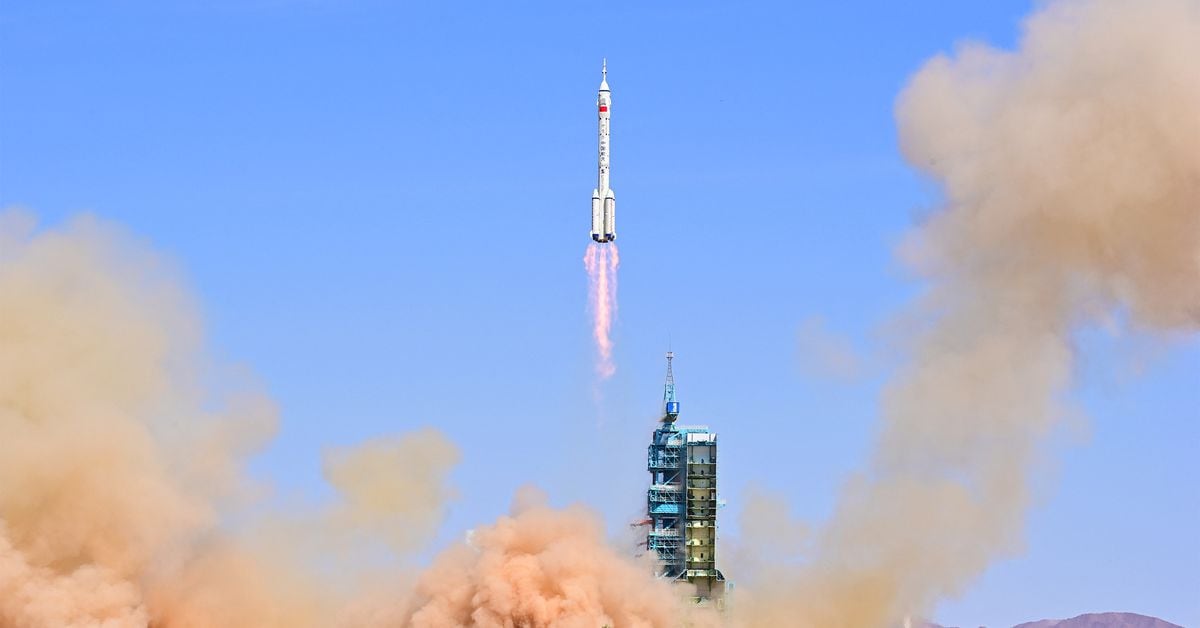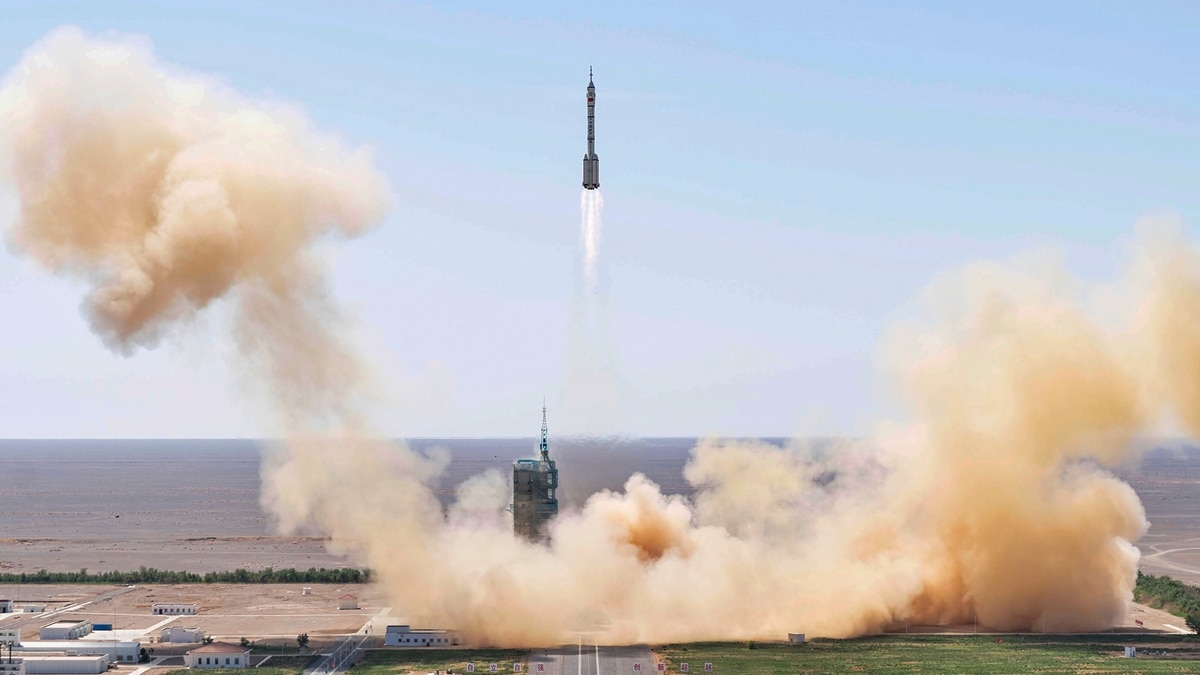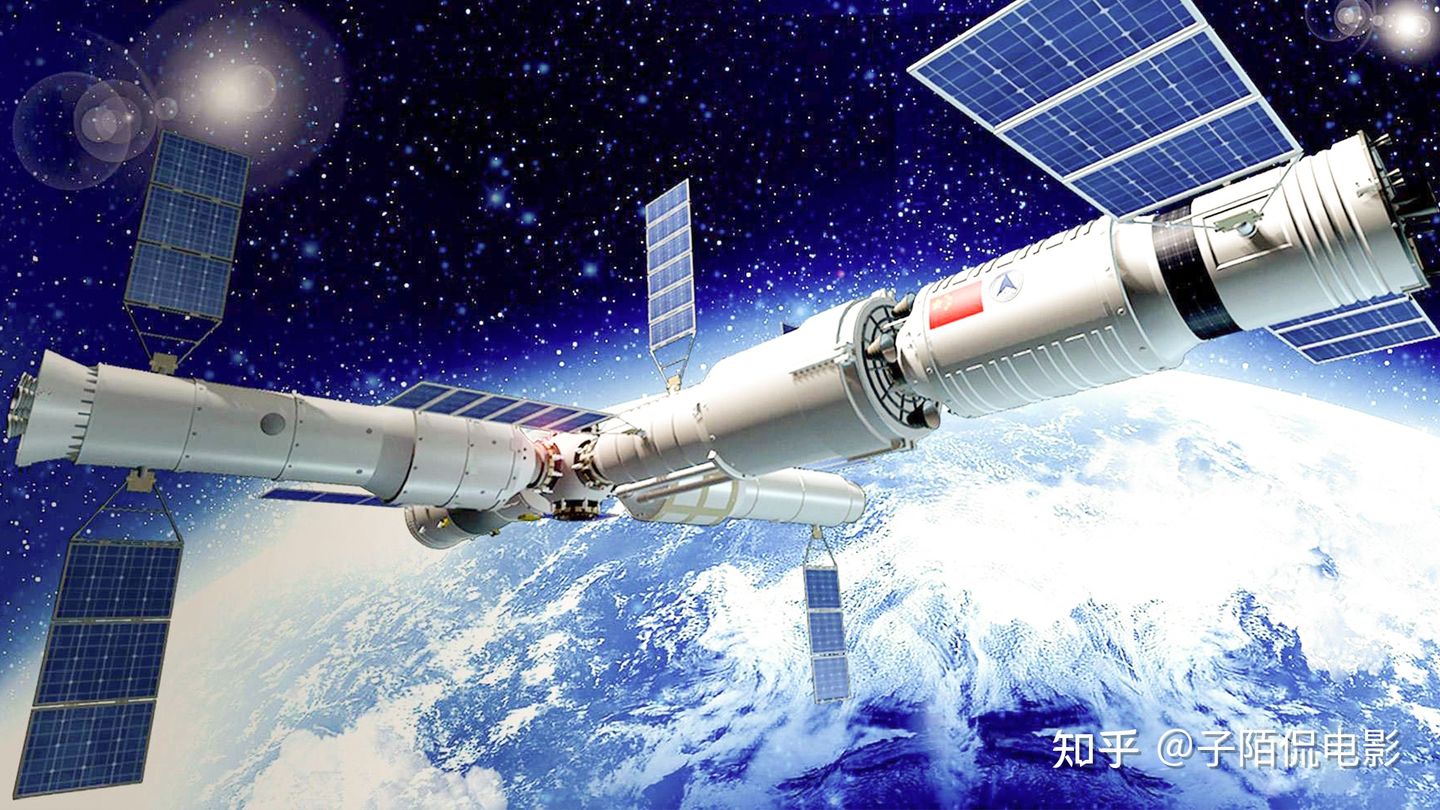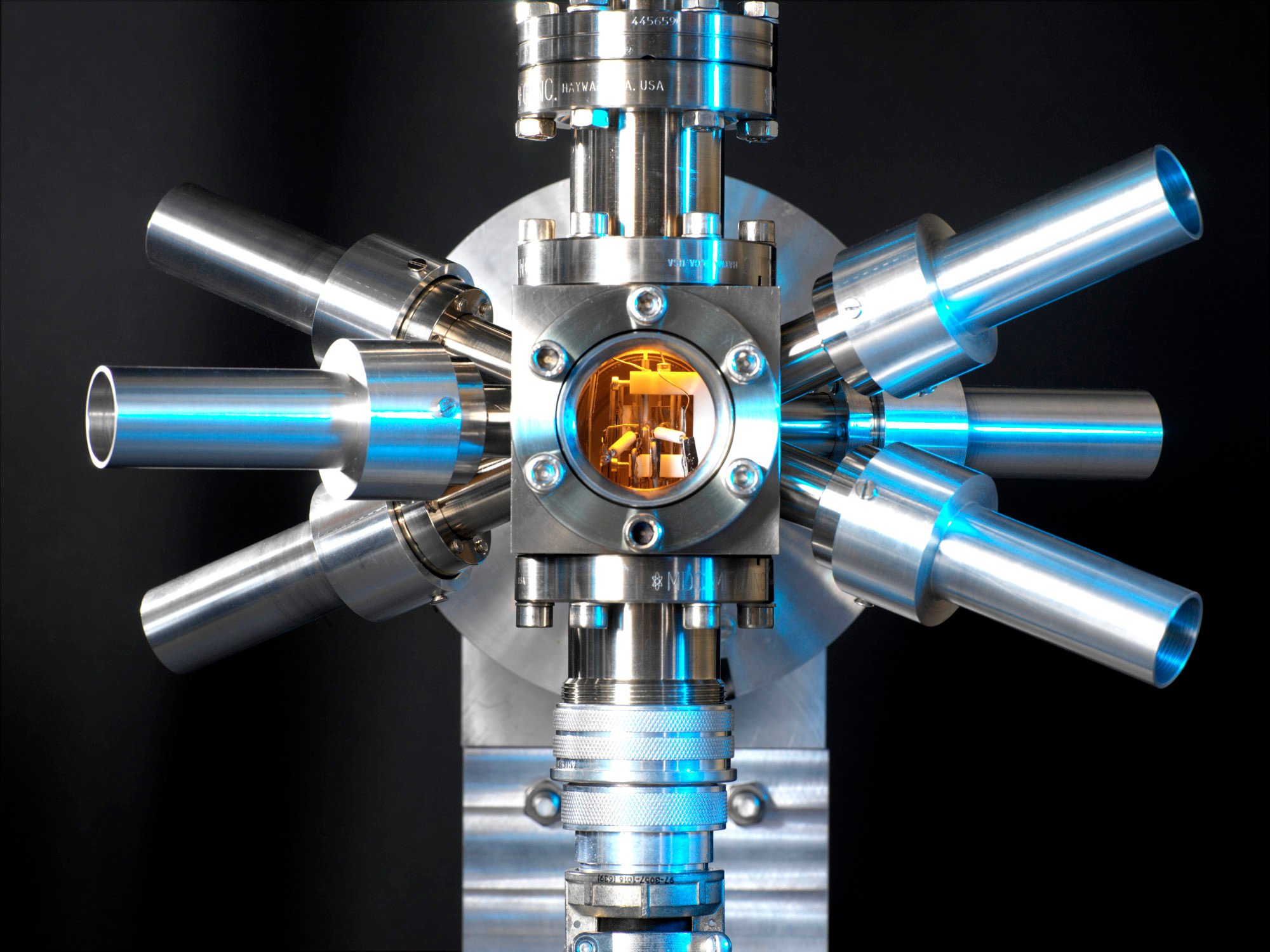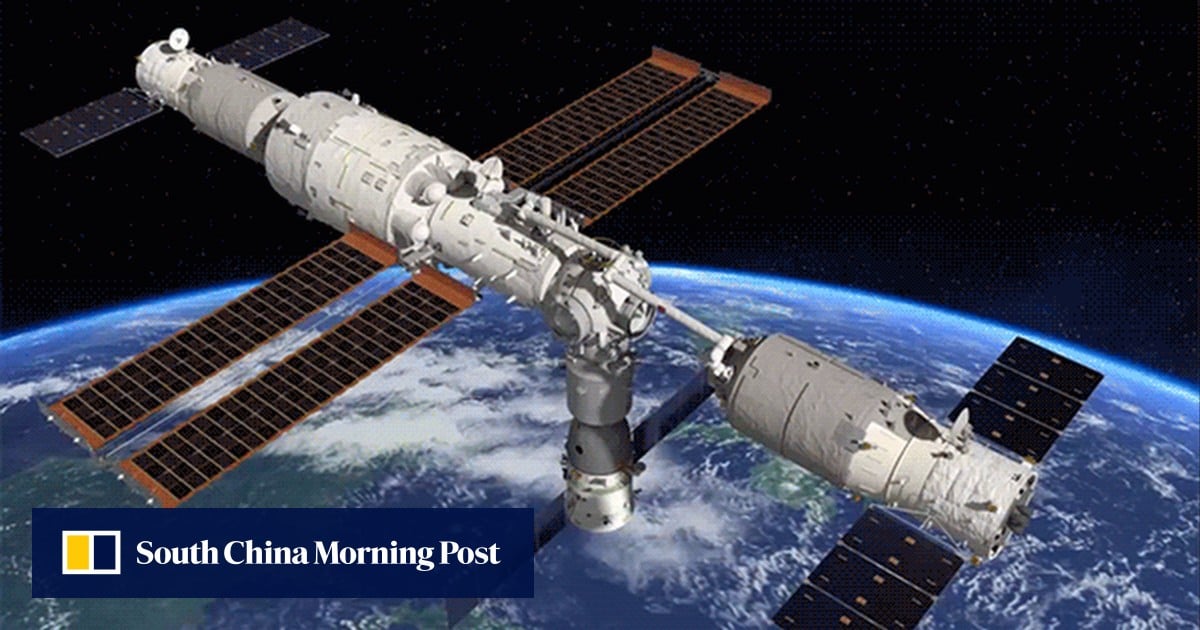3 Astronauts Enter China's Space Station Module After Successful Launch and docking
Jun 05, 2022 08:06 PM IST
Beijing/Jiuquan, Jun 6 (PTI) China's strategically significant space station project entered the final phase on Sunday as three astronauts entered its orbiting module after they were successfully launched to complete its construction this year to further the Communist giant's dream to emerge as a major space power.
Hours after they were launched into the designated orbit by the Shenzhou-14 spacecraft, which later docked with orbiting module of the space station called Tianhe and cargo crafts attached to it, the three astronauts, Chen Dong, Liu Yang, and Cai Xuzhe, successfully entered for a six-month stay, during which they will be completing its remaining construction, the China Manned Space Agency (CMSA) said.
Earlier in the day, the spacecraft lifted off from the Jiuquan Satellite Launch Centre in northwest China. Minutes later, the official at the ground control declared the mission a great success, saying the spacecraft has reached its designated orbit.
The trio will cooperate with the ground team to complete the assembly and construction of the Tiangong space station, developing it from a single-module structure into a national space laboratory with three modules -- the core module, Tianhe, and two lab modules -- Wentian and Mengtian.
Once ready, China will be the only country to own a space station. The International Space Station (ISS) of Russia is a collaborative project of several countries.
The significant feature of China's under-construction space station is its two robotic arms, especially the long one over which the US has previously expressed concern over its ability to grab objects including satellites from space.
The 10-metre-long arm was in action previously seen in action successfully grabbing and moving a 20 tonne Tianzhou-2 cargo ship in a test, according to China Manned Space Engineering Office (CMSEO).
One of the noteworthy tasks for the Shenzhou-14 crew is to test and operate the large and small mechanical arms.
The core module is mounted with a big mechanical arm, and the Wentian lab module with a small one, Huang Weifen, the chief designer of the China manned space programme's astronaut system, told state-run Xinhua on Sunday.
The small arm is quite flexible and can perform operations with greater precision.
During the Shenzhou-14 mission, the crew will, for the first time, be aided by the small mechanical arm to get out of the space station, Huang said.
The space station is designed to be a versatile space lab, capable of accommodating 25 experiment cabinets for scientific exploration, he said.
The experiment cabinets can support experiments on life and ecology and biotechnology. Astronauts can conduct experiments on molecules, cells, tissues, and organs in Wentian by using diverse online detection methods, such as visible light, fluorescence, or microscopic imaging, he said.
Wentian lab can also simulate variable gravity environments to support the comparative study on the biological growth mechanism in different gravity conditions.
The latecomer Mengtian lab module is equipped with experiment cabinets to study the effects of microgravity, covering the physics of fluids, material science, combustion science, and basic physics.
Mengtian will have a space-based cold atomic clock system consisting of a hydrogen clock, a rubidium clock, and an optical clock, building a precise time and frequency system in space that can serve the gravitational redshift research, the measurement of fine structure constants, and other applications.
In February, China unveiled an ambitious plan for its burgeoning space industry which included over 50 space launches and six manned space flights to complete the building of its space station.
The China Aerospace Science and Technology Corporation (CASC) said that China will carry out more than 50 space launches in 2022, sending over 140 spacecraft into space.
During their stay in orbit, the Shenzhou-14 crew will witness the two lab modules, Tianzhou-5 cargo craft and Shenzhou-15 crewed spaceship dock with the core module Tianhe.
They will rotate with the Shenzhou-15 crew in orbit, and return to the Dongfeng landing site in north China's Inner Mongolia Autonomous Region in December, Lin said.
China began constructing its three-module space station in April 2021 with the launch of Tianhe - the first and biggest of the station's three modules.
Get latest articles and stories on World at LatestLY. Beijing/ China's strategically significant space station project entered the final phase on Sunday as three astronauts entered its orbiting module after they were successfully launched to complete its construction this year to further the...

www.latestly.com
